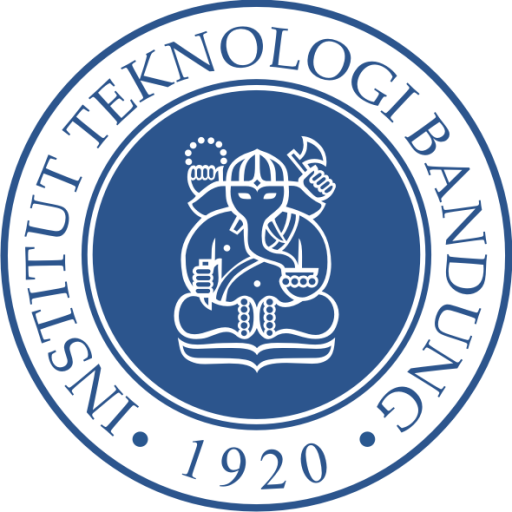ABSTRACT
The Role of Architects in Kampung Upgrading Program in Semarang City
Researchers:
Ismet Belgawan Harun, Ir., M.Sc., Ph.D.
Sri Suryani, ST., M.Sc.
Stirena Rossy T., ST.
The government of President Joko Widodo (Jokowi) has targeted that in 2019 Indonesia is free from slums. Currently slum dwellings in Indonesia reach 38,000 hectares in urban areas or equal to 10% of the total residential area. The problems of urban settlement have been included in the Presidential Regulation (Perpres) Number 2 Year 2015, dated January 8, 2015 on the National Medium Term Development Plan (RPJMN) 2015-2019. Cities in Indonesia are facing major challenges, where the cities have entered a critical urbanization phase with uncontrolled population growth, limited urban land, and the proliferation of slum settlements in urban areas.
Decent dwelling or housing is one of the basic human needs. The increasing number of people living in a city makes the housing needs as well as the condition of the existing settlements city problem. The problem is more noticeable in kampung areas where the majority of people who live there are low-middle to low income people. Correspondingly, the majority of urban kampungs are in a rather poor condition, which makes a number of kampungs less habitable for living. Therefore, strategies have to be sought by city government to improve conditions of many kampung to be more habitable (liveable), safe, comfortable, peaceful, prosperous and sustainable for living.
Semarang City has developed into a metropolitan city that has become a barometer of development in the region of Central Java. The number of poor people in Central Java ranks second highest in Indonesia (367,848 inhabitants). This may indicate that there are a number of urban settlements in Semarang where the poor people reside that may have habitability problems, most of them are kampungs. One of the innovations of Semarang City Government to overcome urban kampung problems and poverty is “Kampung Tematik Program”. This program contains the fulfillment of basic needs, improving the quality of living environment of the poor, improving basic housing infrastructure, and encouraging local economy as the leverage of regional development.
Kampung Tematik program subsequently invites Ikatan Arsitek Indonesia (IAI) of Central Java Region to to be involved in the program, especially in its sub-program named “Arsitek Masuk Kampung” (AMK – Architects In Kampung). With the involvement of IAI in this thematic kampung program, there was a collaborative planning and design process between architects, government institutions and the community. By looking at the social construction process in Kampung Tematik program in Semarang this research is expected to learn how colaborative planning can happen between those actors and know the role of architects involved in the program.
This research uses qualitative method in the form of ethnographic study, by taking several kampungs that have Arsitek Masuk Kampung (AMK) program as case for this research. The research conducts survey on the location of kampung cases that have the program, interview each actors involved in planning and design processes, followed by Focus Group Discussion (FGD) with representation from each actor as resource person and participant. The research also identifies who is the ‘architect’ who is implied in the program, the relationships built in the program implementation and analyzes the role of architects in the network of government institutions, kampung communities, and architects.
This research uses collaborative planning theory and actor-network theory as lenses of analysis to investigate and identify the role of architects in kampung upgrading programme. Both theories underline the role of actors in producing relations, and interactive process in planning process. From the theories, the research identifies the actors, episodes, mediators, and products in planning (and design) and implementation. In the case of Kampung Tematik Programme, the role of architects is situated as institution, a living body of ‘AMK’ with dynamic narrative and performace. Furthermore, the research explores how the institution interacts and performs with other actors, enacting their roles in negotiation process and (re-)building networks.
